Alan Titchmarsh: How to force Christmas bulbs to ensure fresh, beautiful seasonal flowers
Writer and broadcaster Alan Titchmarsh generally enjoys the patience and anticipation of gardening, but is happy to make an exception when it comes to forcing bulbs for Christmas. Here's how he does it.
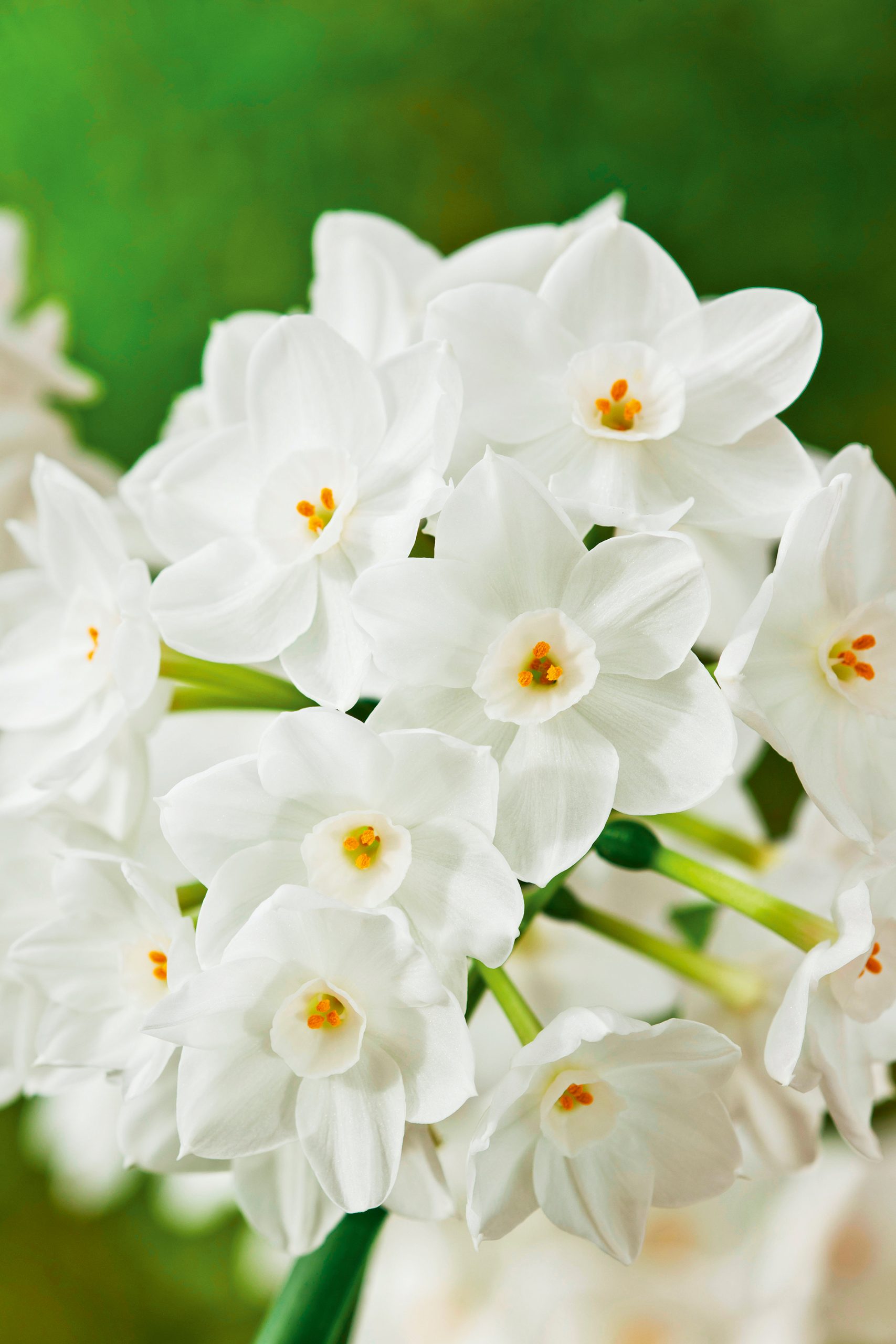

Seasonality is one of the greatest delights of gardening in the British Isles: that wonderful floral transition from snowdrops to daffodils, tulips to peonies, sweet peas to roses, dahlias to chrysanthemums, before the shivering temperatures of winter bite and all is quiet until the snowdrops arrive once more. It teaches us patience, if we allow it to do so, and the ability to appreciate the fact that fleeting glory encourages a sense of eager anticipation. Gardeners, more than most, enjoy travelling hopefully, with an eye to the seasons ahead.
I no more want the sweet-and-sour tang of autumn-flowering chrysanthemums all the year round (even if I learned about ‘AYR xanths’ at college more than 50 years ago) any more than I want to eat asparagus in December, so why am I happy to plant ‘forced’ bulbs to produce flowers at Christmas? Mainly, I suspect, because they have become an accepted part of our yuletide tradition.
As April is a time for seed sowing on the vegetable patch and September is when wallflowers are planted out, so this time of year is the time to begin potting up bulbs for ‘forcing’. I rather resent that word; as if the plants were being made to act against their will. ‘Prepared’ bulbs, as they are called — usually hyacinths — have been pre-chilled to make them think that winter is over, so they will flower earlier than those that are not similarly treated. That said, they will still benefit from a period of cool and dark conditions to encourage their roots to establish and the flower to emerge fully from the top of the bulb before they are brought into heated rooms.
But I romp ahead. Whichever bulbs you choose, make sure they are fat and firm: the fatter the bulb, the greater its flowering potential. Containers need drainage holes in the base (and, with clay pots that have only one hole, a decent layer of broken flowerpots — crocks — or gravel so that excess water can escape). With hyacinths, make sure that all the bulbs in each pot are of the same variety, otherwise they will irritate you by growing at different rates and flowering at different times.
"There are two varieties of narcissi that are an absolute must: ‘Paper White’ and ‘Grand Soleil d’Or’"
Good peat-free multipurpose compost is fine. ‘Bulb fibre’, as it is called, was once a delightfully complex mix of peat, charcoal and crushed oystershell, so formulated to keep the compost ‘sweet’ in bowls without drainage holes. Use pots with holes in and peat-free compost is fine. The bulbs can sit close together — within an inch of one another — with their ‘noses’ visible above the compost and a gap of half an inch between the surface of the compost and the rim of the pot to allow for watering.
Start off with well-dampened compost and you will not need to add more water for some time, as the potted bulbs need to be stood in a cool, dark place — shed, garage, cellar, stable — for about 10 weeks, so the roots can grow and the flower spikes push clear of the bulb.
Bring them indoors into warm temperatures too soon and they will flower when still emerging from the bulb, or else grow like a beanstalk and topple over. Cool and bright is the key to longevity indoors. Bring them in only when you can see the ‘waist’ of the flower spike, once all the florets are above the neck of the bulb, and decorate the surface of the compost with moss gathered from shady recesses of the garden.
Sign up for the Country Life Newsletter
Exquisite houses, the beauty of Nature, and how to get the most from your life, straight to your inbox.
Timing for Christmas is always tricky, so it’s worth planting over several weeks from September onwards. There’s no reason why you should not plant all manner of bulbs for an early show — from muscari and dwarf irises to anemones and crocuses — but there are two varieties of narcissi that are an absolute must: ‘Paper White’ and ‘Grand Soleil d’Or’, simply known as ‘Sols’ in the Isles of Scilly, where they have been grown for the cut-flower market since the 19th century.
These two can be brought into flower in four to six weeks from potting up. Only the bottom half of the bulb should be buried and they can instantly be plonked on a windowsill, although they’ll need a few split canes and circles of soft twine to stop them from toppling once the shoots start to extend. The fragrance is their greatest attribute, together with their ability to inspire children when planted in glass bowls of pebbles with water barely touching the bottom of the bulbs.
With ‘Paper Whites’ and ‘Sols’, it’s not so much forcing them into growth that is the challenge, as getting them to slow down.
'Marigolds, Myrtle and Moles — a Gardener’s Bedside Book' by Alan Titchmarsh is out now.
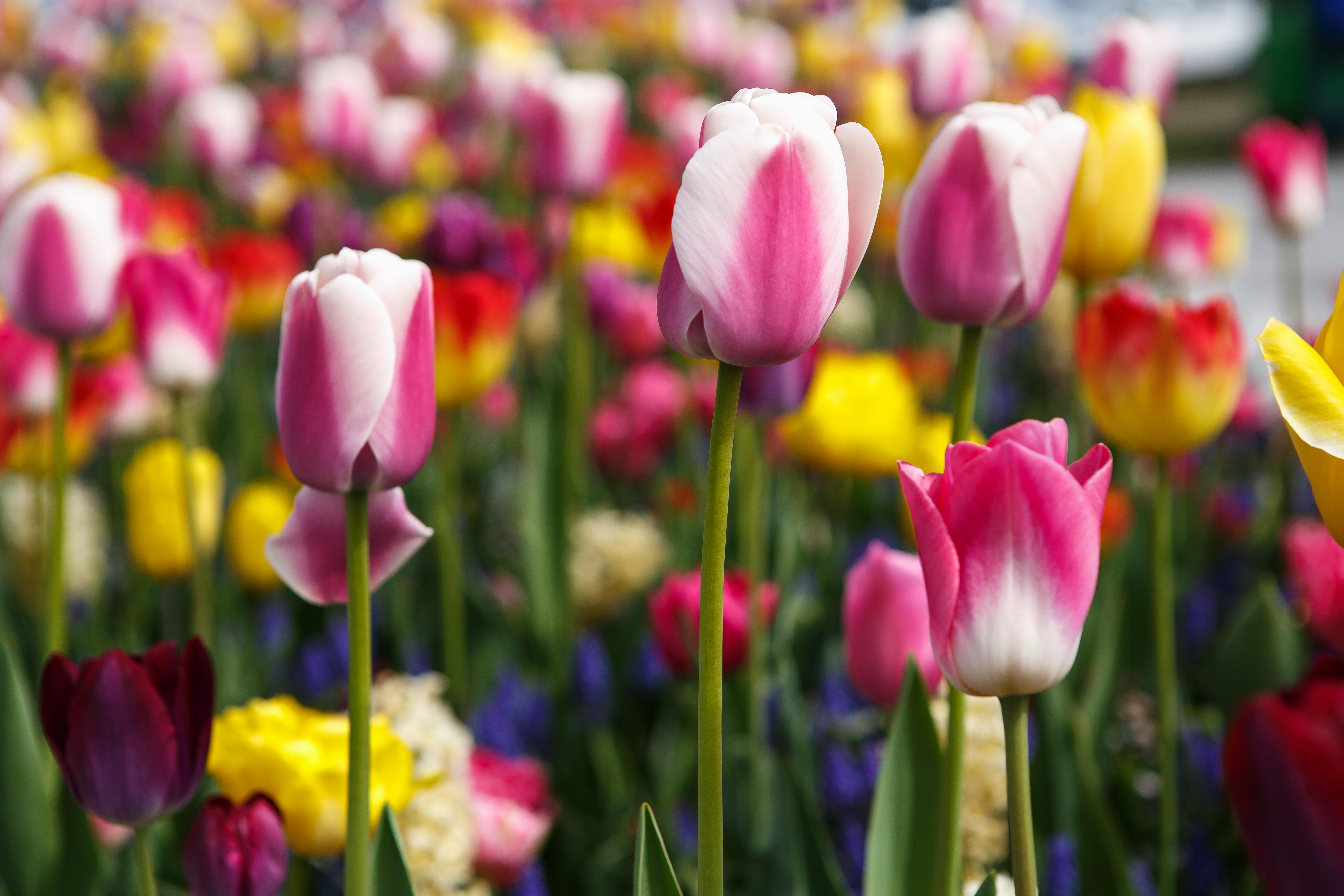
Credit: Alamy
Alan Titchmarsh: The best time of year to plant tulips
Alan Titchmars on planting tulips - and avoiding the grind of removing and storing bulbs every year.
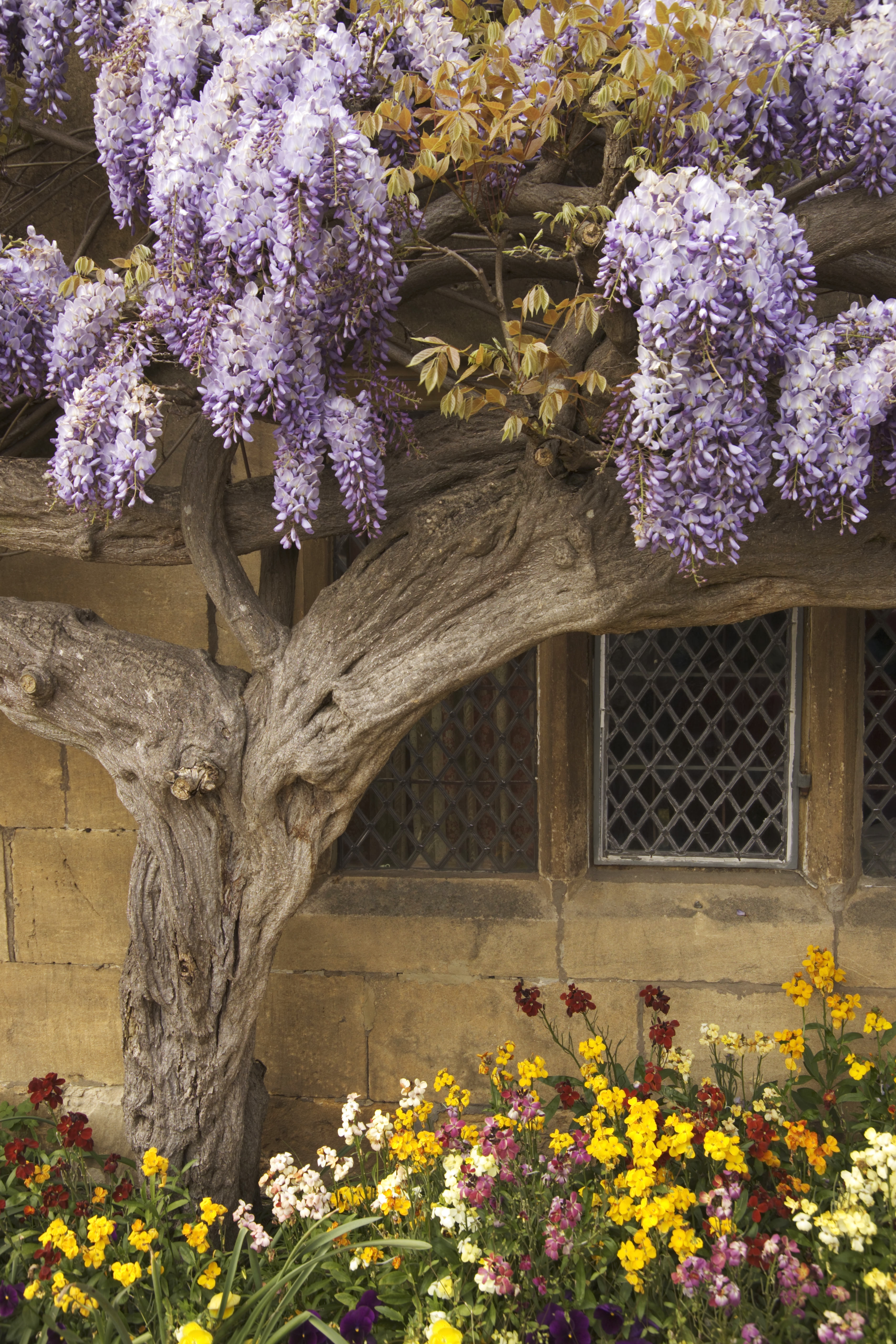
Credit: Getty
Alan Titchmarsh: A foolproof guide to growing wisteria
If you've been enviously eyeing the extraordinary wisteria on display across Britain this summer and wondering how you can grow
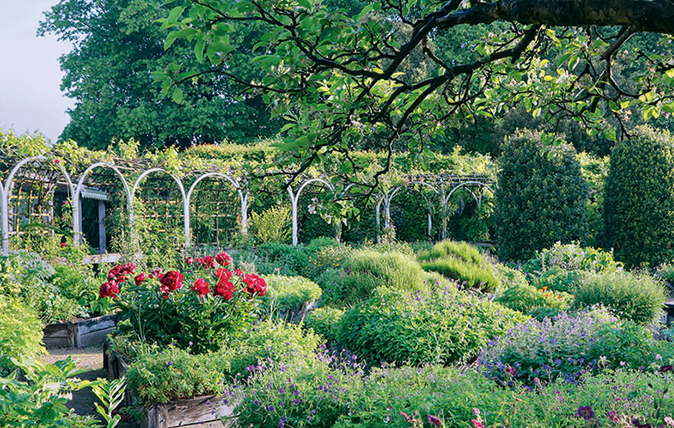
Alan Titchmarsh: The poetic pleasure of plant names
Our gardening expert on the days spent learning the names of some of the most obscure plants in Britain.
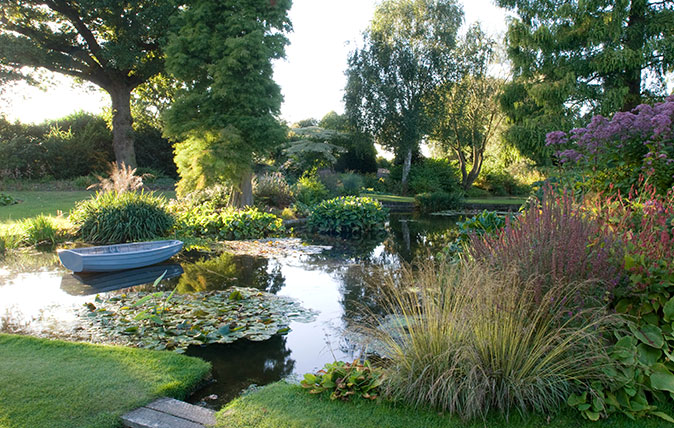
Alan Titchmarsh: How to keep a perfect pond
Alan Titchmarsh says that now is the time to clear out the weeds and keep your pond in top condition
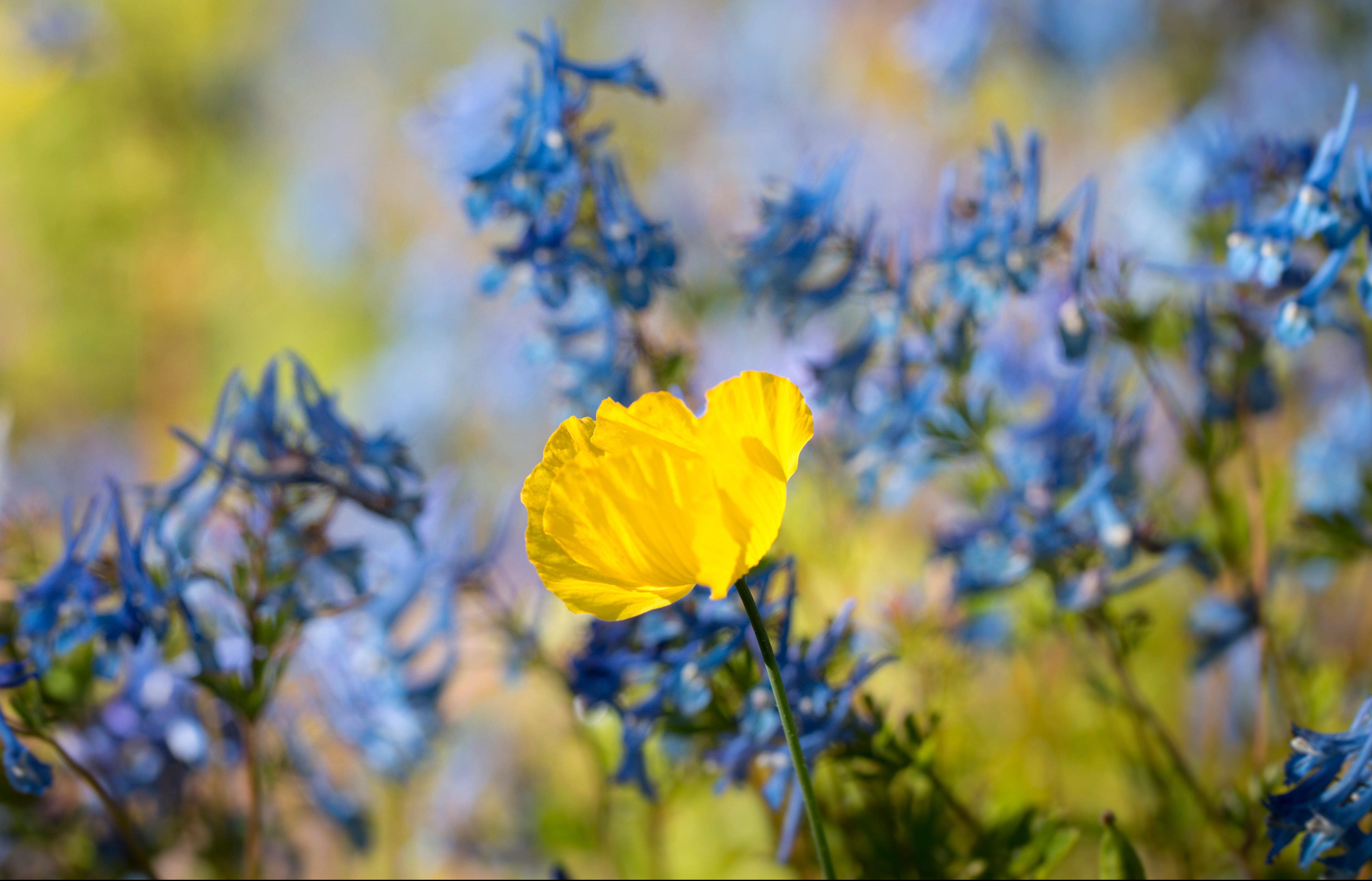
Alan Titchmarsh: The weeds I welcome with open arms
Our columnist Alan Titchmarsh used to spend hours ridding his garden of anything he hadn't planted himself. These days he
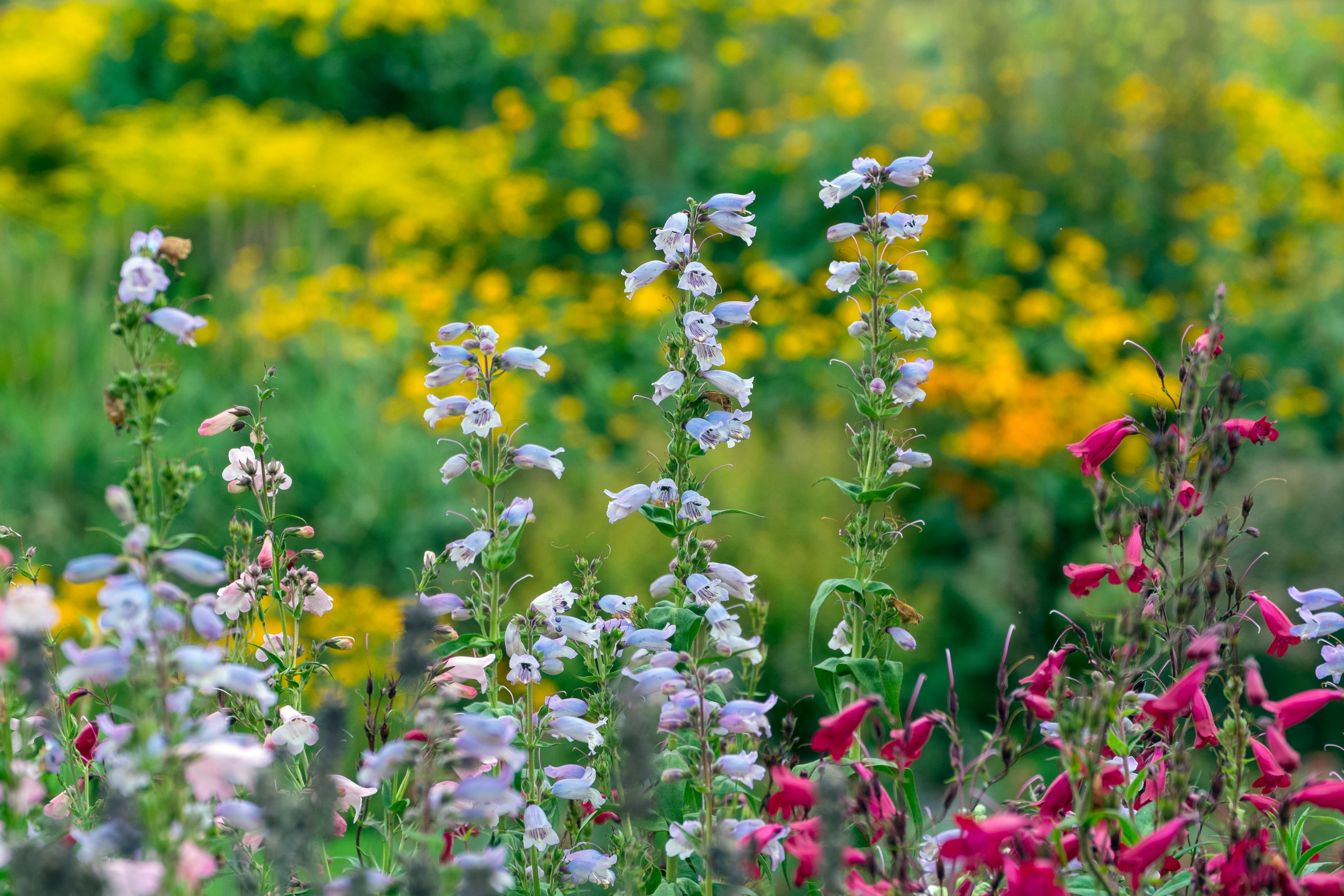
Credit: Gary K Smith / Alamy
Alan Titchmarsh: The ultimate flower for the lazy gardener
Penstemons are easy to grow, hardy, and flower for months — even the slugs don't both them. They might just be
Alan Titchmarsh is a gardener, writer, novelist and broadcaster.
-
 How an app can make you fall in love with nature, with Melissa Harrison
How an app can make you fall in love with nature, with Melissa HarrisonThe novelist, children's author and nature writer Melissa Harrison joins the podcast to talk about her love of the natural world and her new app, Encounter.
By James Fisher
-
 'There is nothing like it on this side of Arcadia': Hampshire's Grange Festival is making radical changes ahead of the 2025 country-house opera season
'There is nothing like it on this side of Arcadia': Hampshire's Grange Festival is making radical changes ahead of the 2025 country-house opera seasonBy Annunciata Elwes